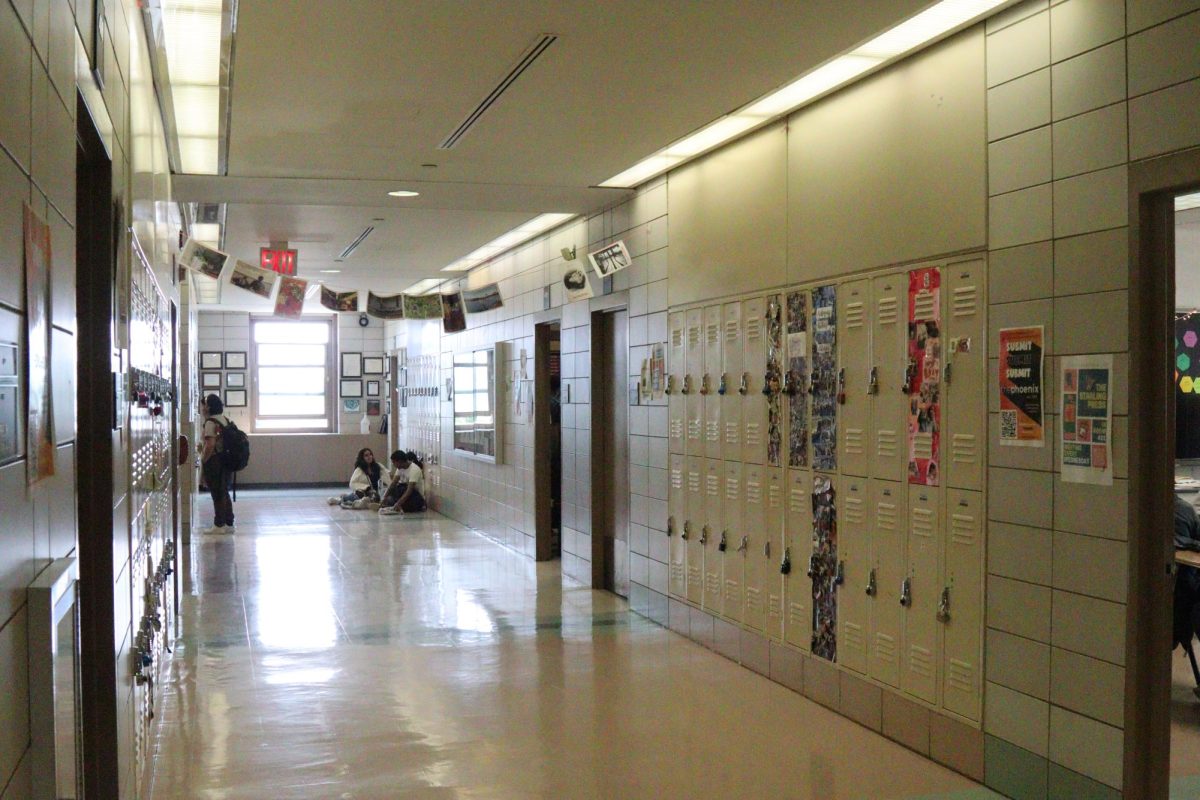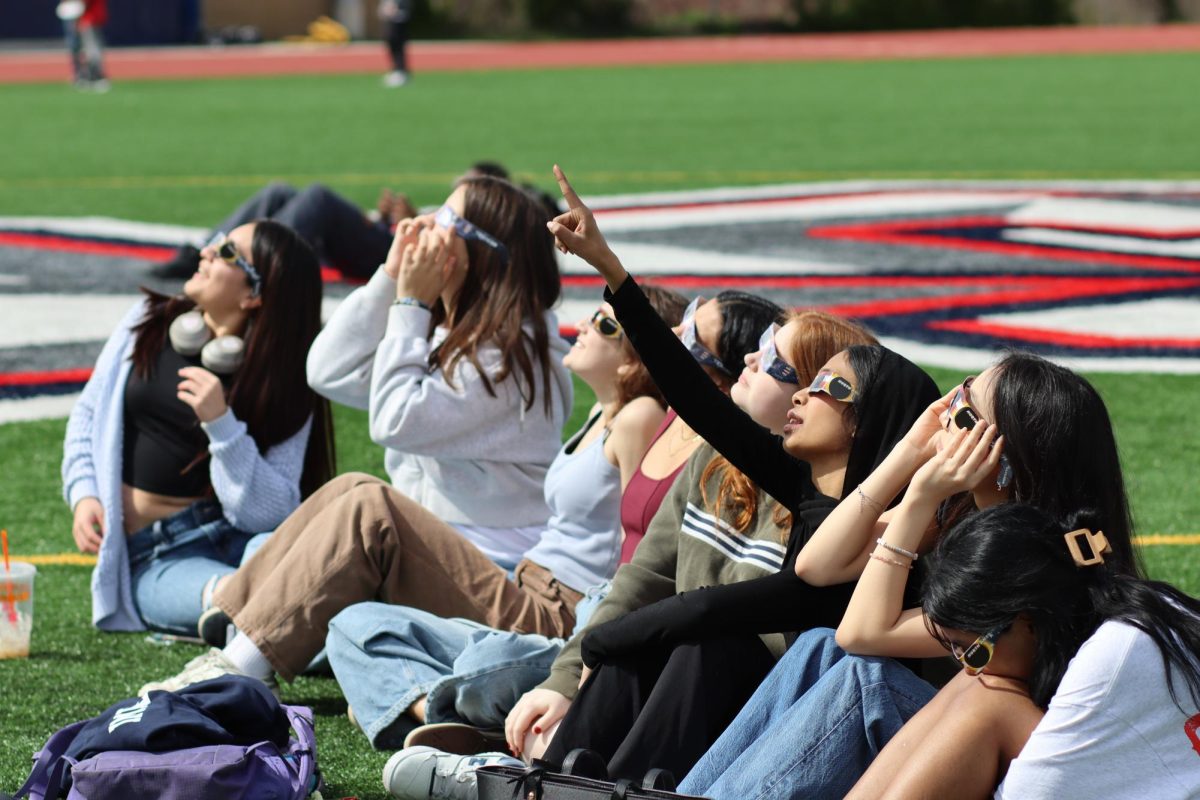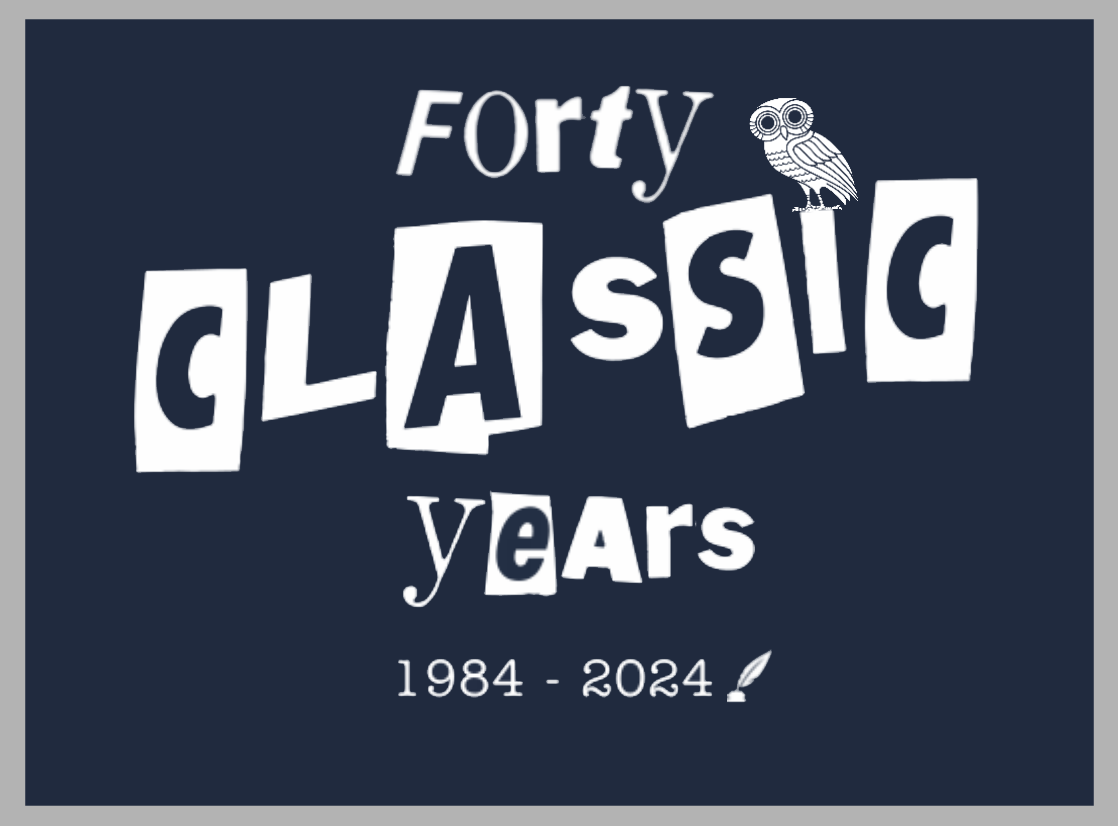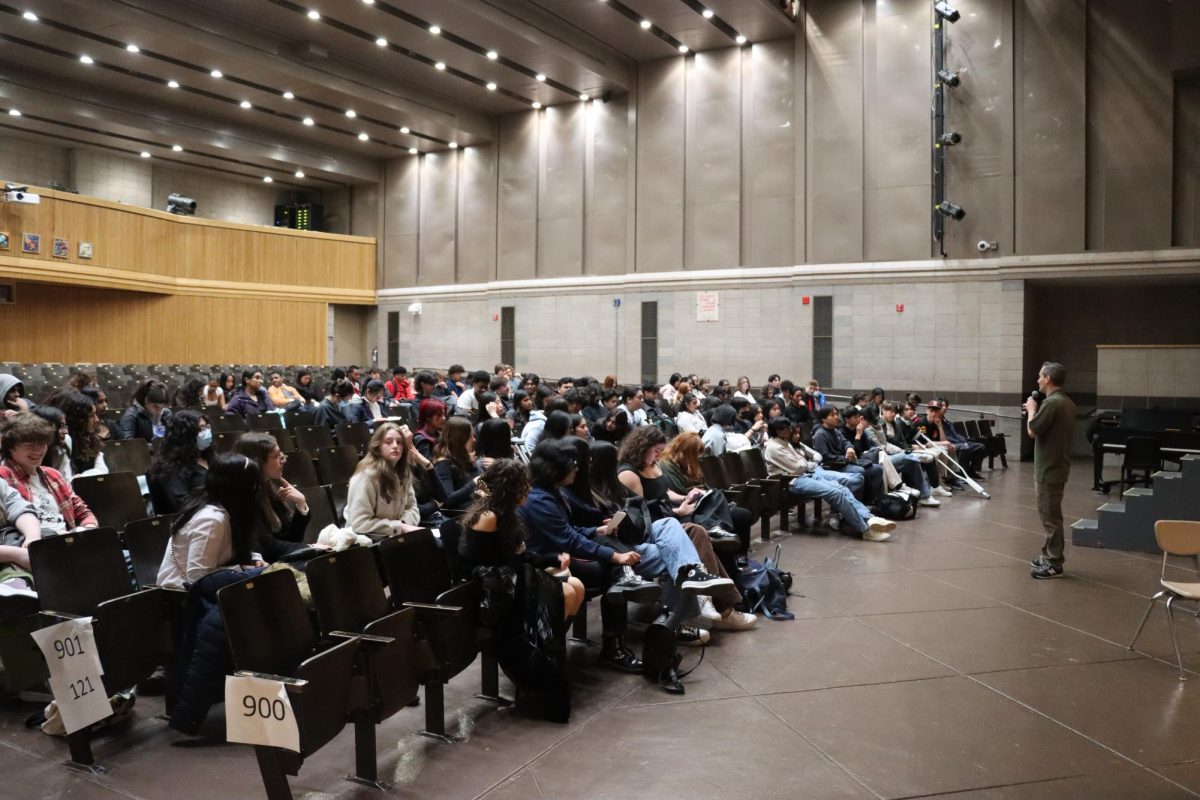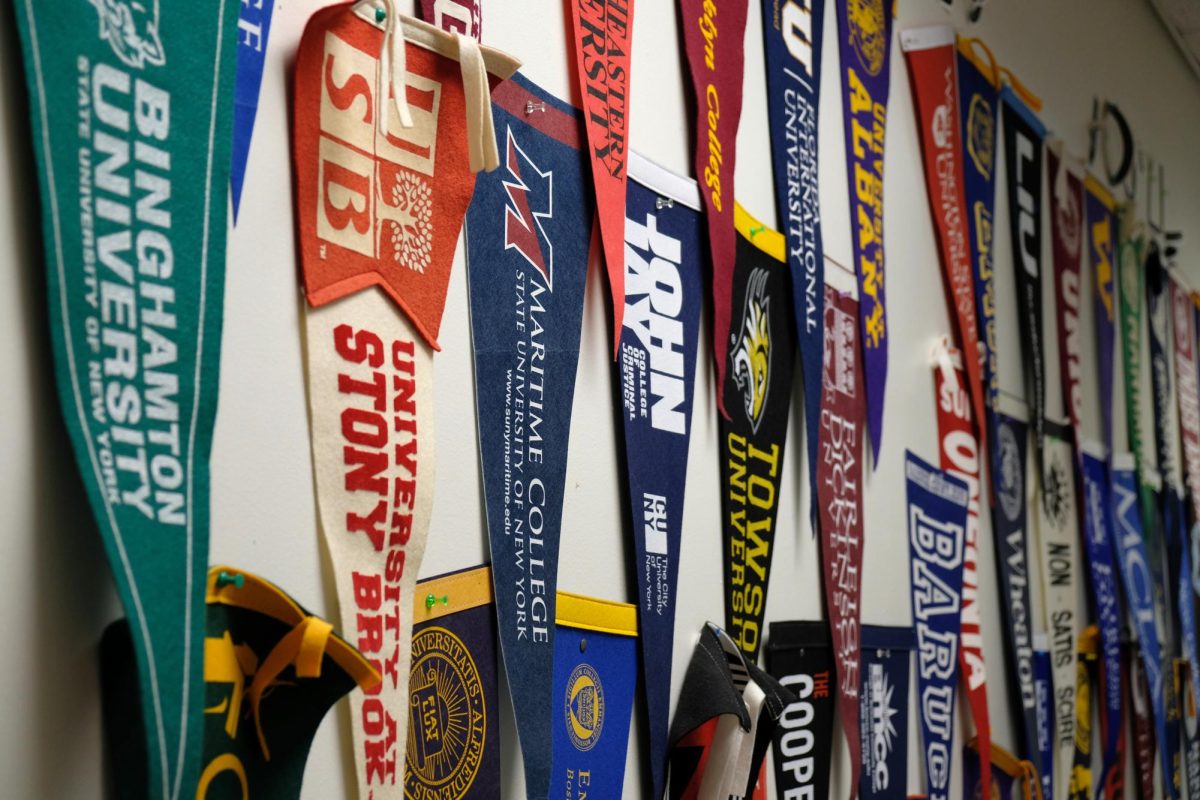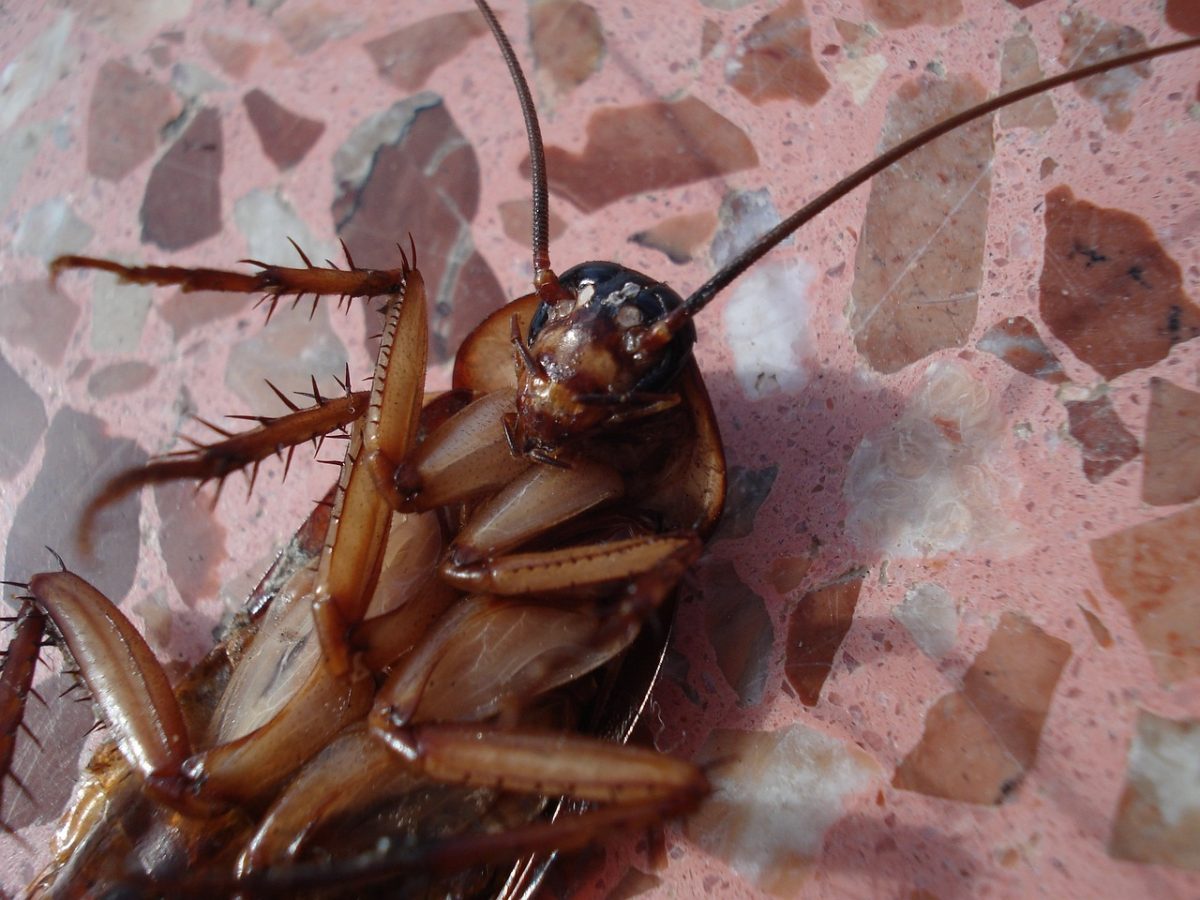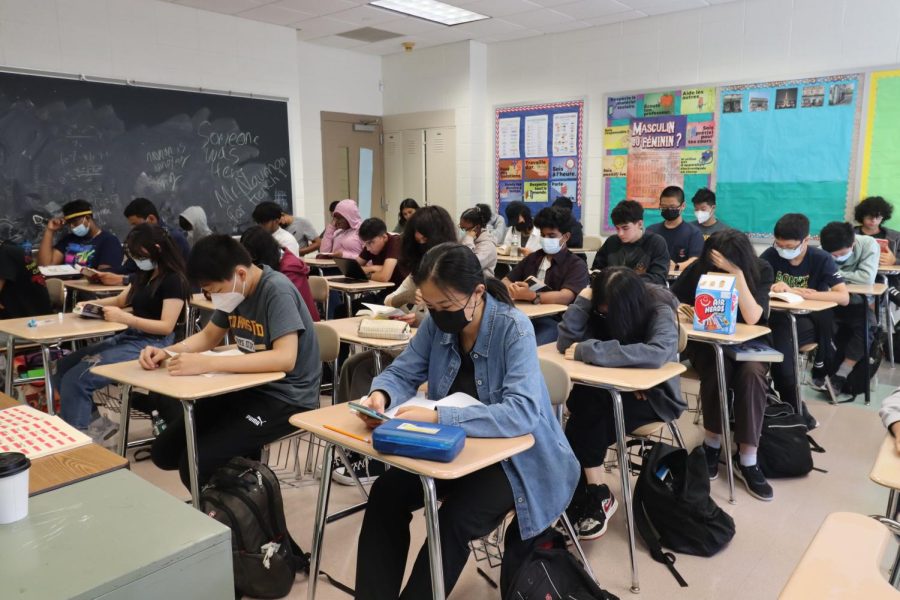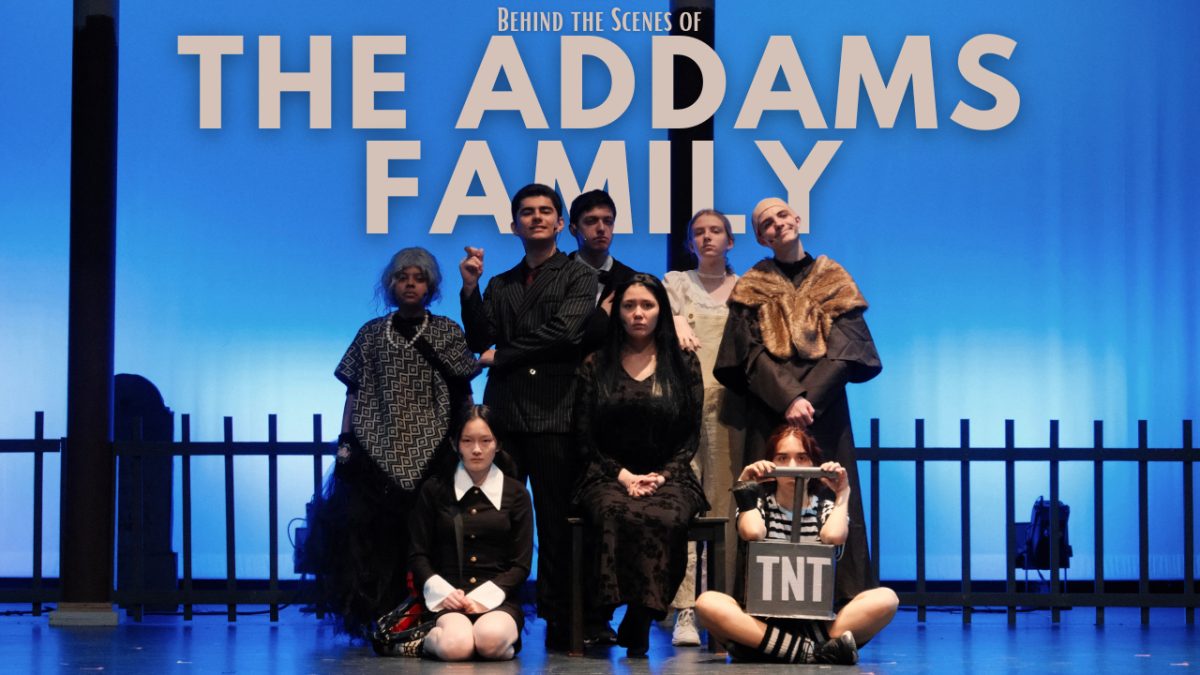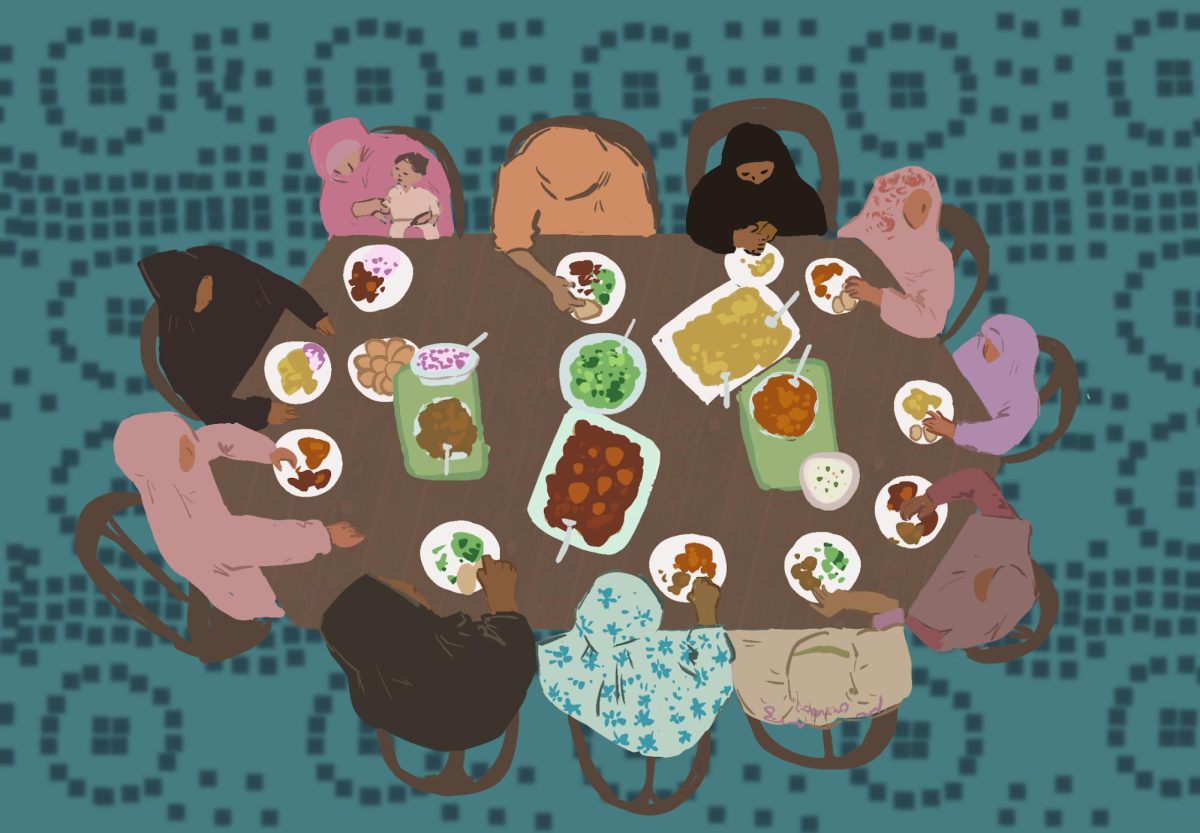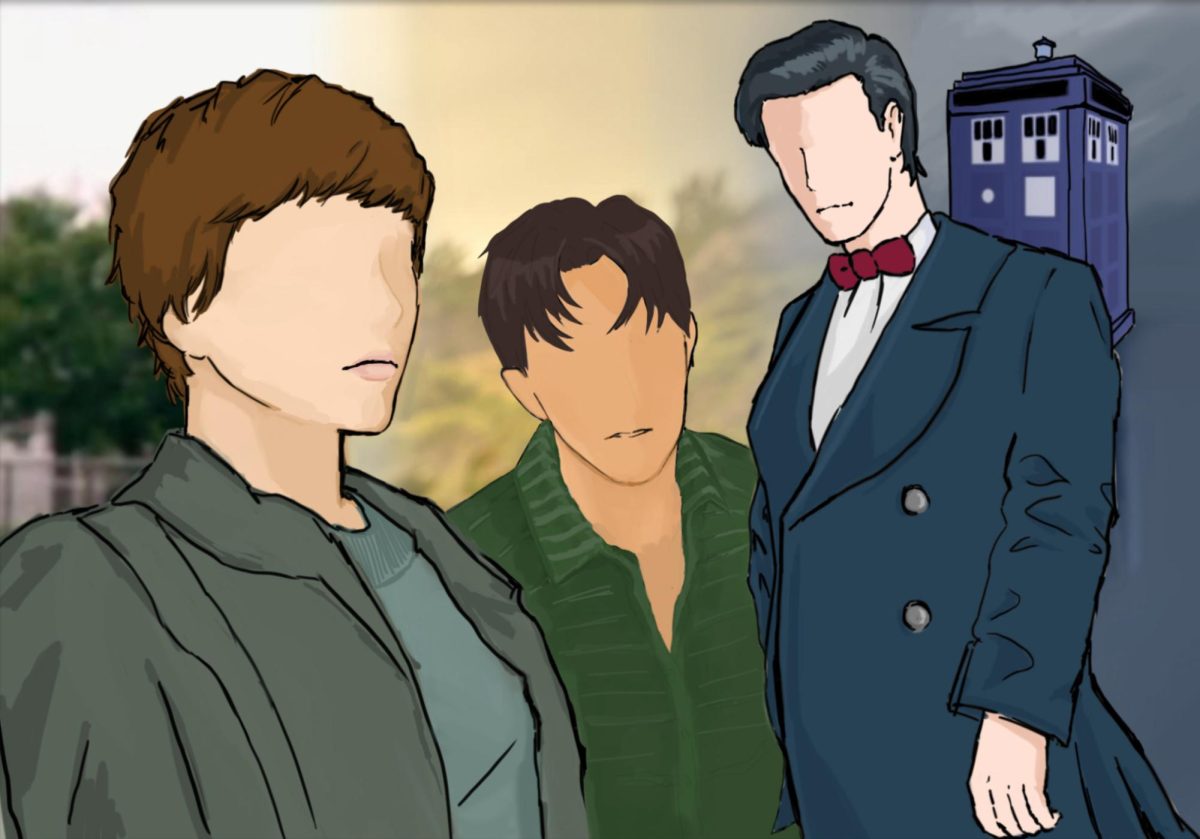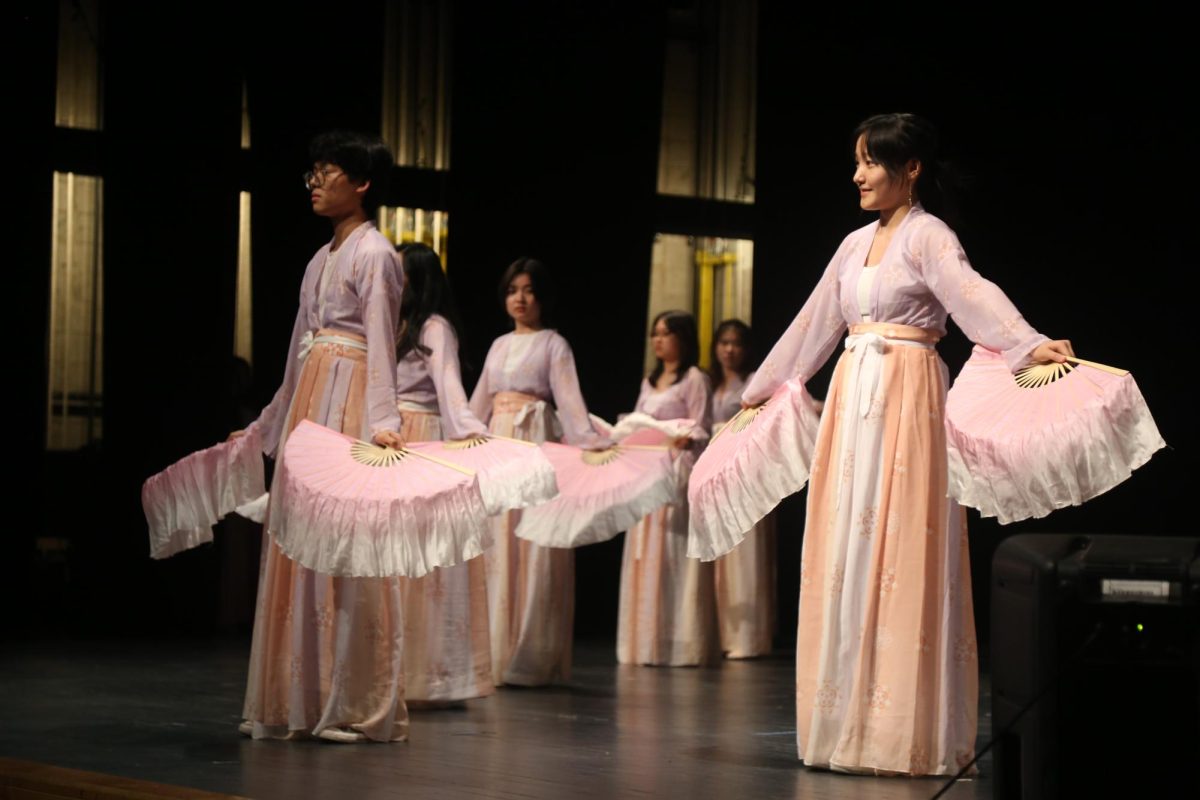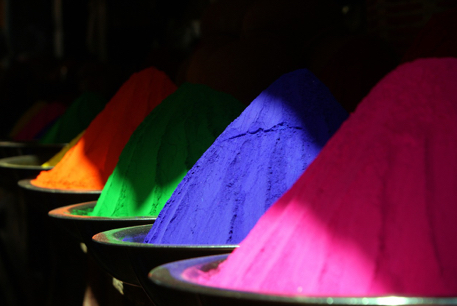
While Adam Mansbach’s Rage is Back grips readers with a story of colorful vengeance, it also reveals the remote and underground world of New York City. The narrative style and content may require some familiarity with street slang, but even those new to it will find themselves enthralled as the story’s plot unfolds. The tale is told through the eyes of 18-year-old Dondi Vance, and centers on the reappearance of a legendary graffiti artist known as Rage, who has been gone for sixteen years. To Vance, Rage’s return means meeting the father who abandoned him.
Beneath the back-alley diction and profanity, the book is well-written and the plot escalates smoothly. Unlike many other novels that attempt to expose street life, Rage balances the various forms of drama as it tells a complex story that features drugs, family issues, school, and hints of racism. Overall character development is authentic and impressive as readers are given a detailed account of Dondi Vance’s internal conflicts, beliefs, and views. Mansbach successfully transforms the capricious 18-year-old by giving him a purpose, and to an extent, solidifying his bonds with family. However, some character interactions and pieces of dialogue, while witty and amusing, seemed over-done in an attempt to impress.
In the book, another character called Cloud 9 briefly takes over the narration. The cleverness of the narrative shift is extended by the book’s change in presentation: there are no quotations marks to distinguish spoken dialogue from narration, and accurate spelling is nowhere to be found. Because Cloud 9 had recently returned from a fifteen-year jail sentence, this grammatical deterioration works nicely. Mansbach further tinkers with the structure of the novel by incorporating several short stories about Dondi Vance’s mother, Karen.
Rage alluded to a number of pop-culture references that I didn’t understand, and periodically threw in sentences long enough to require a second reading. Also, some parts of the book were repetitive and too stale to hold my interest for long. Mansbach’s experimental style could eventually wear on a reader who prefers more succinct descriptions of setting and background. Though I liked the bittersweet revenge of the ending, I found the last couple of pages to be slightly excessive and forced. Nonetheless, Mansbach’s novel finishes on a definite note, leaving no loose ends for characters or readers to wonder about afterwards.

